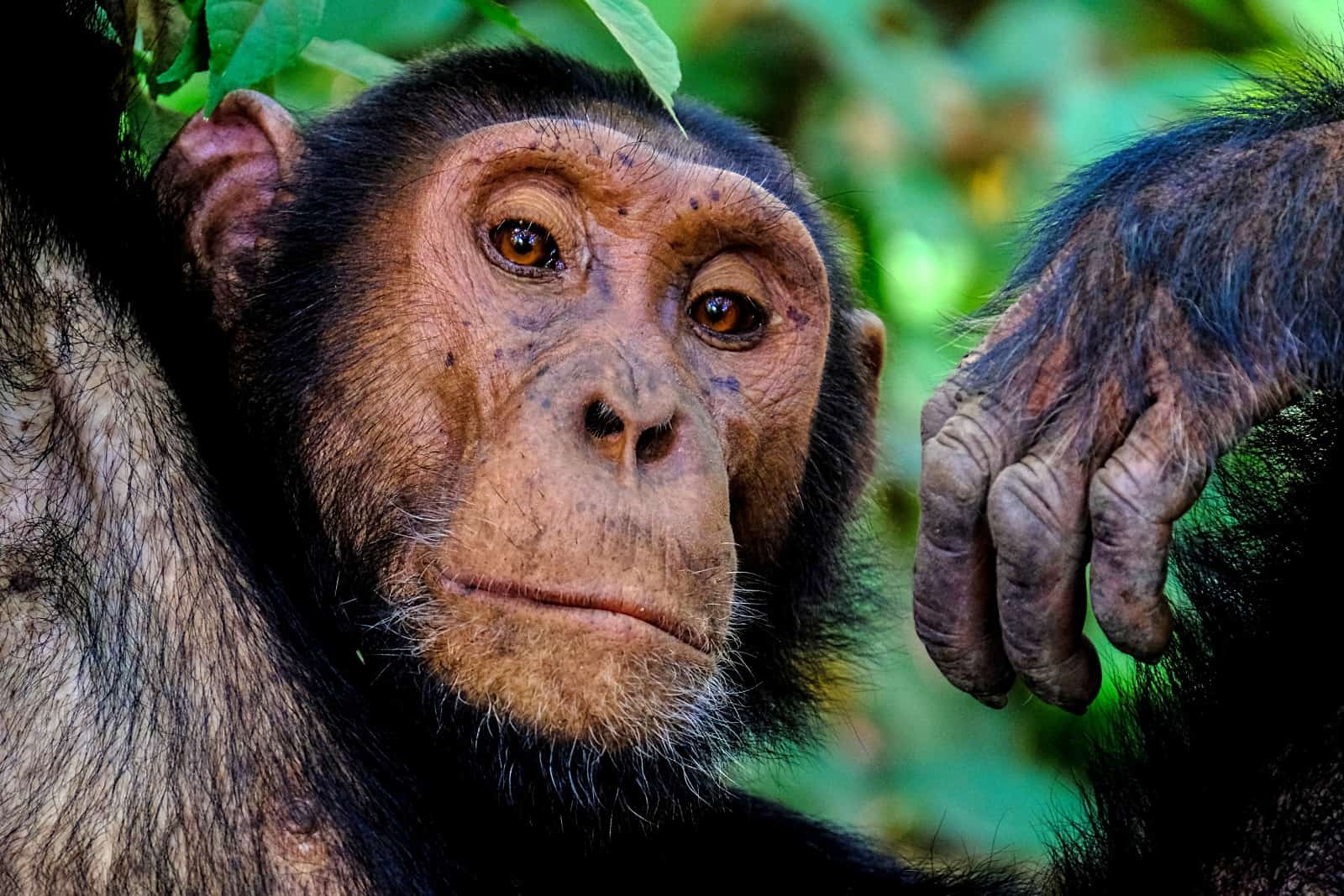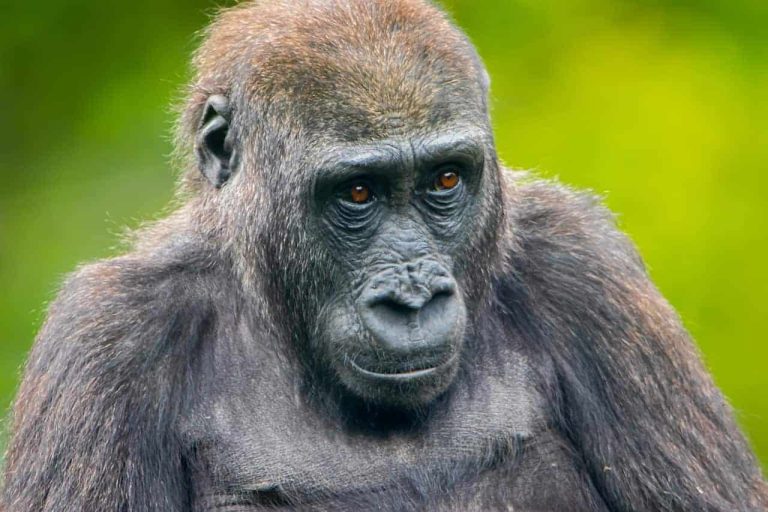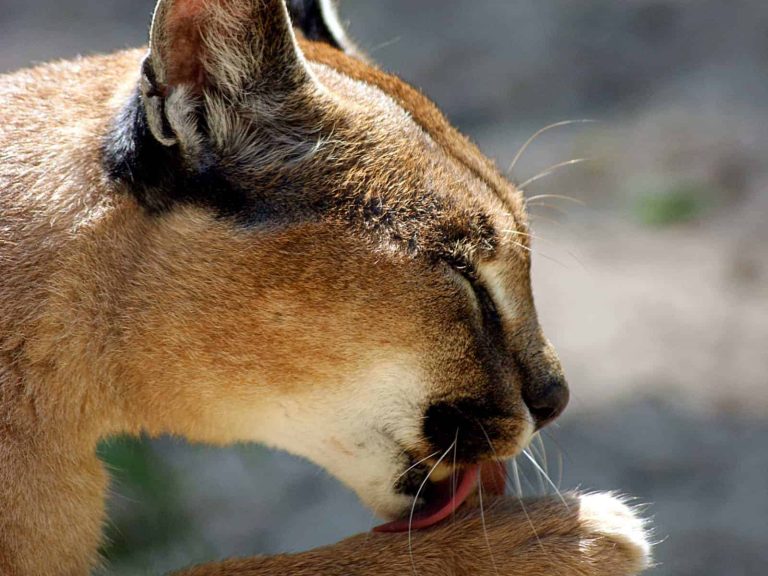Chimpanzees combine pant-hoots and calls to form vocal sequences

A major challenge in evolutionary science has been the reconstruction of the evolution of language in the world. Given that language does not fossilise, a key line of research has been focusing on comparing the communication systems of animals with that of humans.
Unique to human language is the capacity to flexibly recombine a limited number of sounds into words and hierarchical sequences, generating endlessly new sentences. In contrast, sequence production of other animals appears limited, limiting meaning generation potential. However, studies have rarely quantified flexibility and structure of vocal sequence production across the whole repertoire.
Researchers of the Max Planck Institute for Evolutionary Anthropology in Germany used this approach to examine the structure of vocal sequences in chimpanzees, known to combine calls used singly into longer sequences. Focusing on the structure of vocal sequences, they analysed 4826 recordings of 46 wild adult chimpanzees from Taï National Park in Ivory Coast.
This study revealed that the chimpanzees produced 390 unique vocal sequences. Most vocal units emitted singly were also emitted in two-unit sequences (bigrams), which in turn were embedded into three-unit sequences (trigrams). Bigrams showed positional and transitional regularities within trigrams with certain bigrams predictably occurring in either head or tail positions in trigrams, and predictably co-occurring with specific other units.
From a purely structural perspective, the capacity to organize single units into structured sequences offers a versatile system, which is potentially suitable for expansive meaning generation. Further research must show to what extent these structural sequences signal predictable meanings.
Source: Nature
Photo: Unsplash/ Francesco Ungaro






